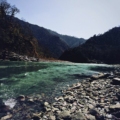Lens Ready? Discover the Best Places for Wildlife Photography in India

Wildlife photography in India offers a stunning array of opportunities for capturing the rich diversity of the country’s fauna. With landscapes ranging from the snow-capped Himalayas to the lush Western Ghats, India is a paradise for photographers eager to document wildlife in its natural setting. The country’s numerous national parks and sanctuaries shelter countless rare and endangered species, providing fantastic experiences for those looking to explore. Dive into our guide to discover the best places for wildlife photography in India, where every snapshot tells a unique story of the wild.
In this Blog
Jim Corbett National Park, Uttarakhand
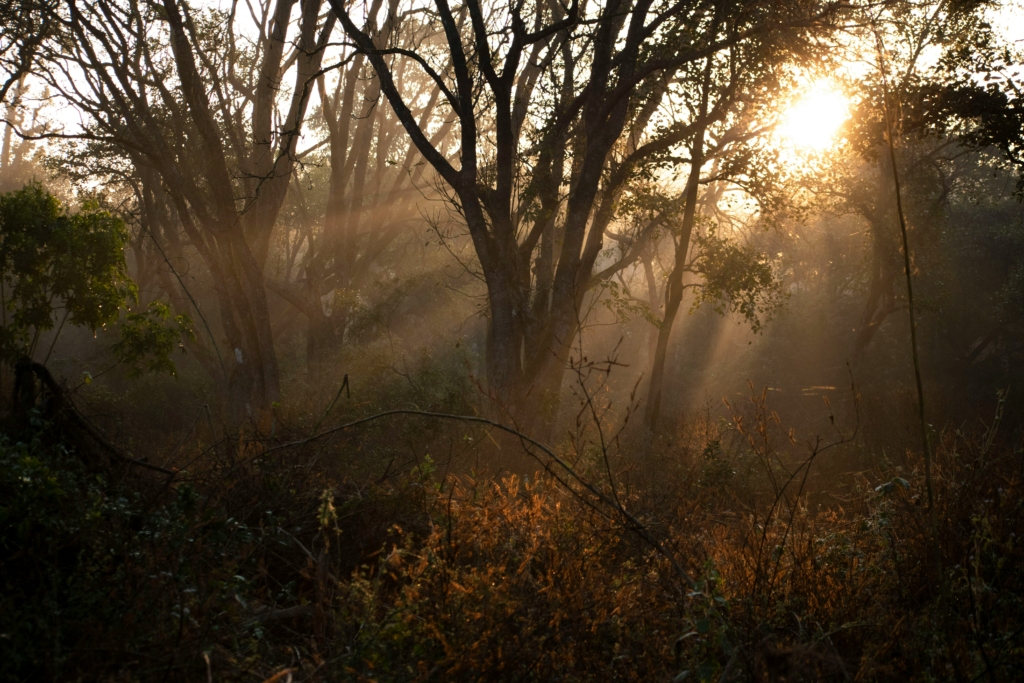
Jim Corbett National Park is India’s oldest national park and a haven for wildlife photographers. Nestled in the foothills of the Himalayas, this park is renowned for its population of Bengal tigers, leopards, and elephants. The park’s diverse habitats—rivers, grasslands, and dense forests—make it one of the best places for wildlife photography in India. For bird enthusiasts, Corbett also hosts over 600 species of birds, making it perfect for bird photography in India.
Accommodation Tip: Stay close to the action at luxurious homestays in Jim Corbett that offer serene views and easy access to the park.
Kaziranga National Park, Assam
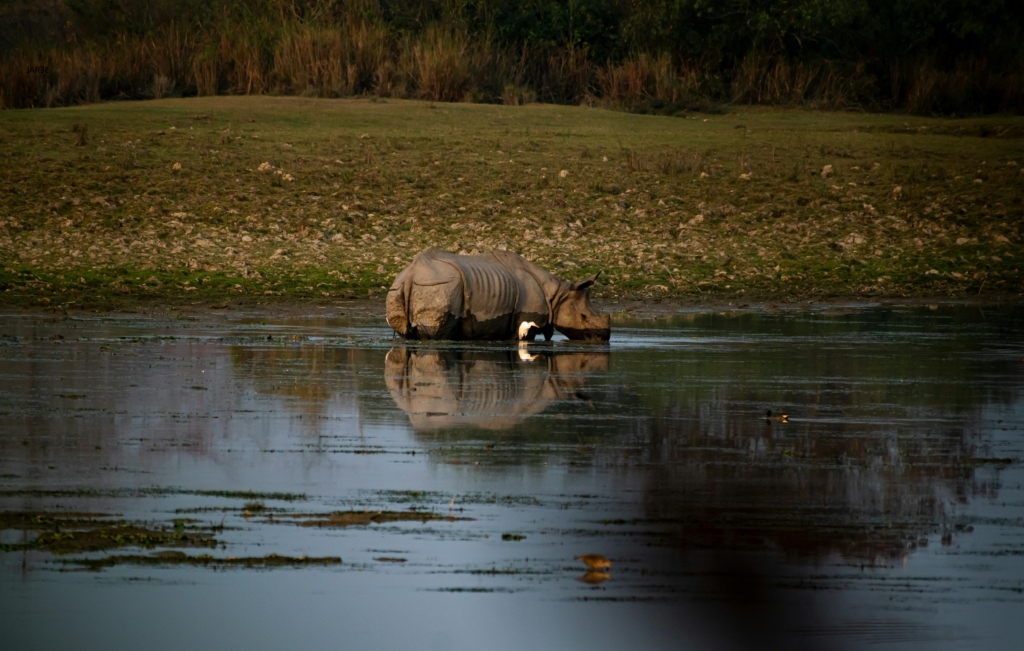
Famous for its one-horned rhinoceros, Kaziranga National Park in Assam is a UNESCO World Heritage Site and one of the biggest wildlife sanctuaries in India. Besides rhinos, you can spot elephants, wild water buffaloes, and a variety of deer. The park’s grasslands provide a dramatic backdrop for capturing these majestic creatures, making it an iconic location for wildlife photography places in India.
Accommodation Tip: Discover the unique homestay in Jorhat, just 2 hours from Kaziranga National Park, where comfort is paired with nature.
Keoladeo National Park, Rajasthan
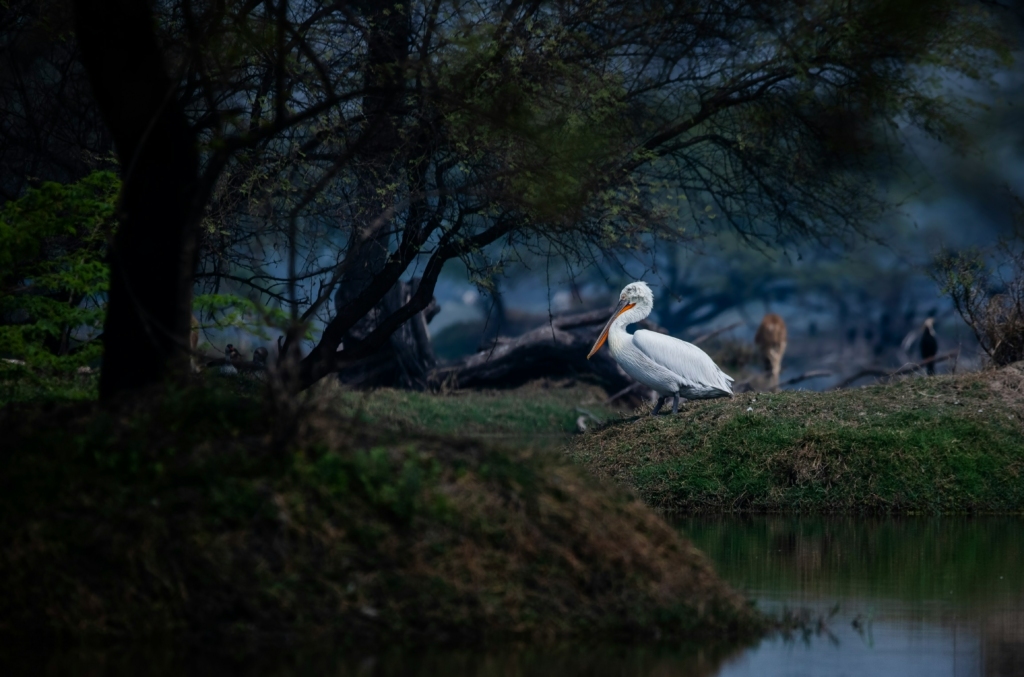
A paradise for bird lovers, Keoladeo National Park (formerly Bharatpur Bird Sanctuary) in Rajasthan is one of the best bird sanctuaries in India. It’s a man-made wetland that attracts over 360 species of birds, including migratory birds from as far as Siberia. This park is a hotspot for bird photography in India, where you can capture stunning images of painted storks, cranes, and pelicans.
Accommodation Tip: If you’re travelling from Jaipur to Bharatpur, consider staying in one of the luxurious heritage villas in Jaipur for a memorable experience. Alternatively, if you’re coming from Agra, unwind after a day of photography by booking a villa in Agra, where you can relax in comfort.
Kabini Forest Reserve, Karnataka
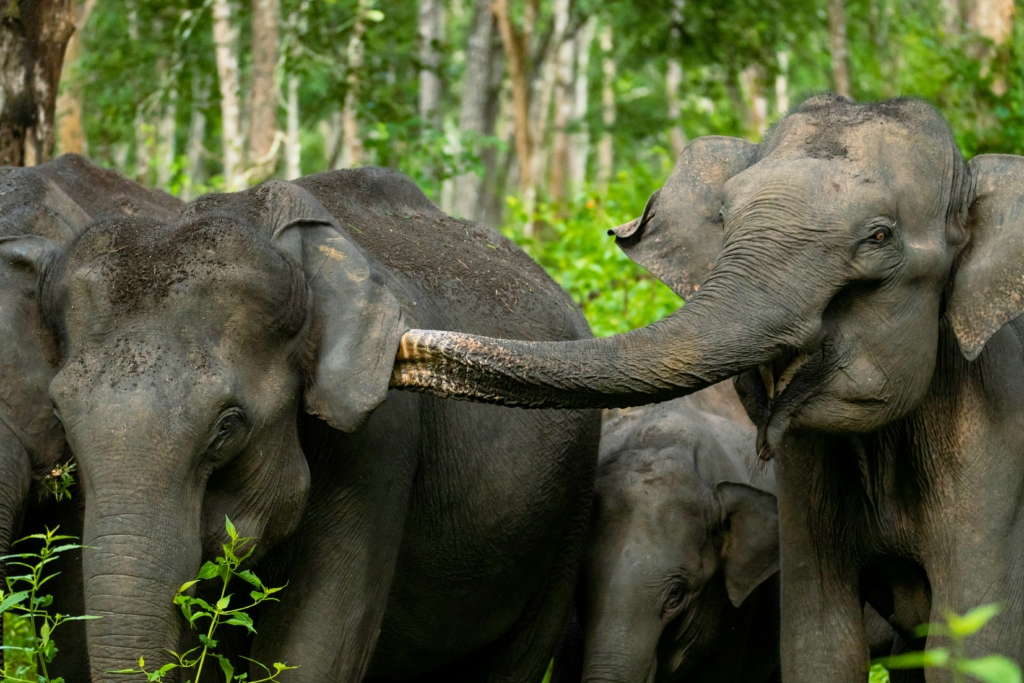
Located on the banks of the Kabini River, Kabini Forest Reserve is one of the most popular wildlife sanctuaries in India known for its thriving population of leopards and elephants. The scenic landscapes, with lush forests and serene water bodies, make Kabini a top destination for nature photography in India. Kabini is also famed as the home of Saya, the elusive lone black panther of India, adding an extra allure for wildlife enthusiasts.
Accommodation Tip: For an immersive jungle experience, choose StayVista’s homestays in Kabini which offer scenic views and modern comforts near Kabini.
Ranthambore National Park, Rajasthan
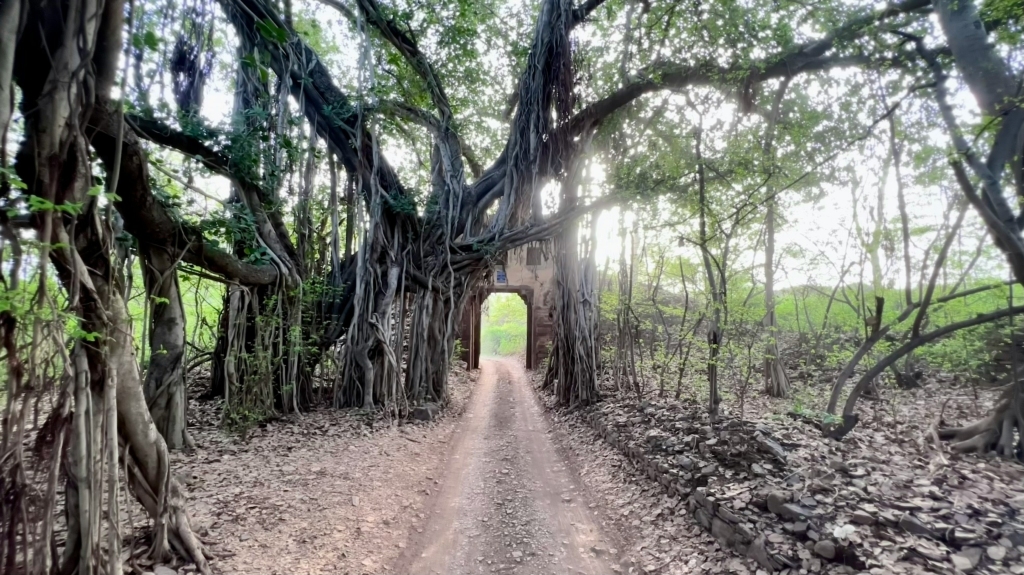
Ranthambore National Park is synonymous with wildlife photography in India, especially for those looking to capture the majestic tiger in its natural habitat. The park is dotted with ancient ruins, including the Ranthambore Fort, providing a unique backdrop for your photos. Apart from tigers, you can photograph leopards, sloth bears, and various bird species, making it a top choice among wildlife photography places in India.
Accommodation Tip: After an exciting safari, relax at StayVista villas in Ranthambore that offer a blend of luxury and rustic charm.
Gir National Park, Gujarat
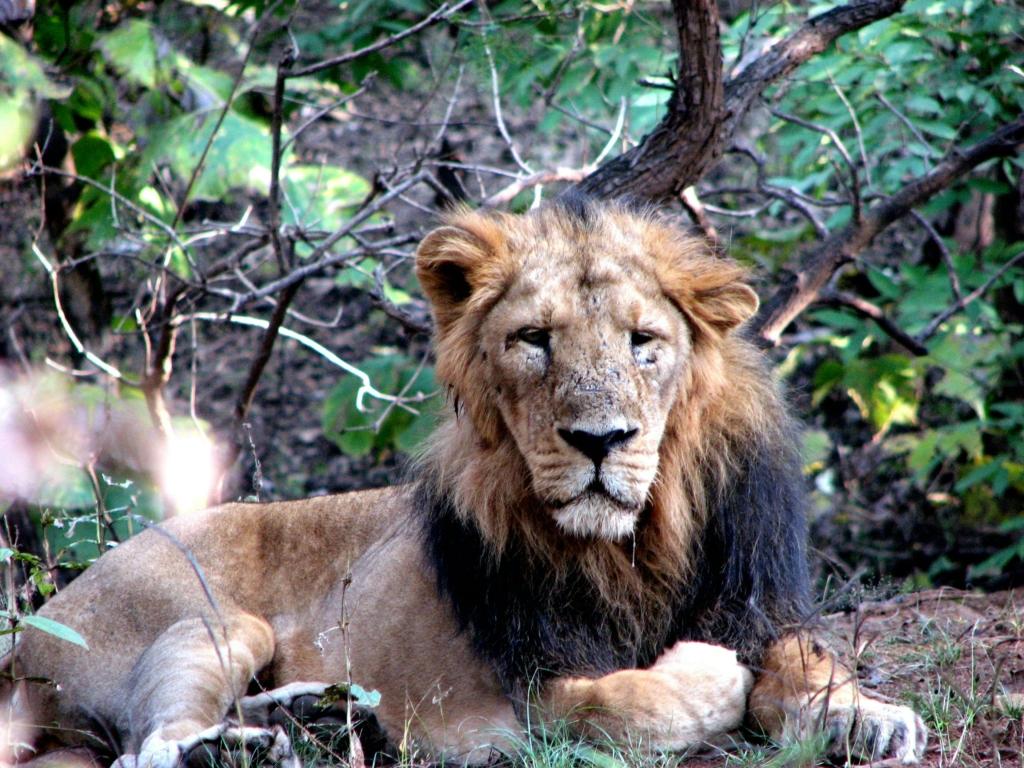
The only place outside Africa where you can spot Asiatic lions in the wild, Gir National Park in Gujarat is a must-visit for Indian wildlife photographers. Apart from lions, the park is home to leopards, hyenas, and numerous bird species. The dry deciduous forests and grassy plains make for stunning nature photography in India.
Kanha National Park, Madhya Pradesh
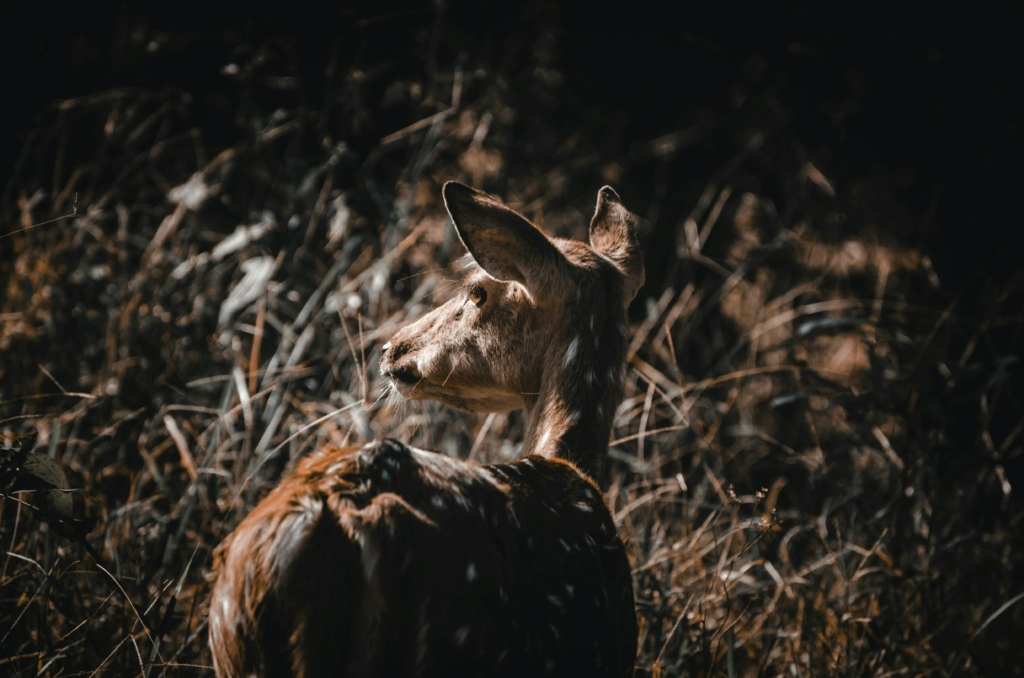
The inspiration behind Rudyard Kipling’s “The Jungle Book,” Kanha National Park is one of the most picturesque wildlife sanctuaries in India. It’s famous for its tiger population and also for the rare barasingha (swamp deer). Kanha’s lush sal forests and open meadows offer perfect settings for photographing tigers, leopards, and various other wildlife species.
Accommodation Tip: Experience the wilderness up close with StayVista’s unique homestay in Kanha offering a perfect mix of comfort and adventure.
Pench National Park, Madhya Pradesh
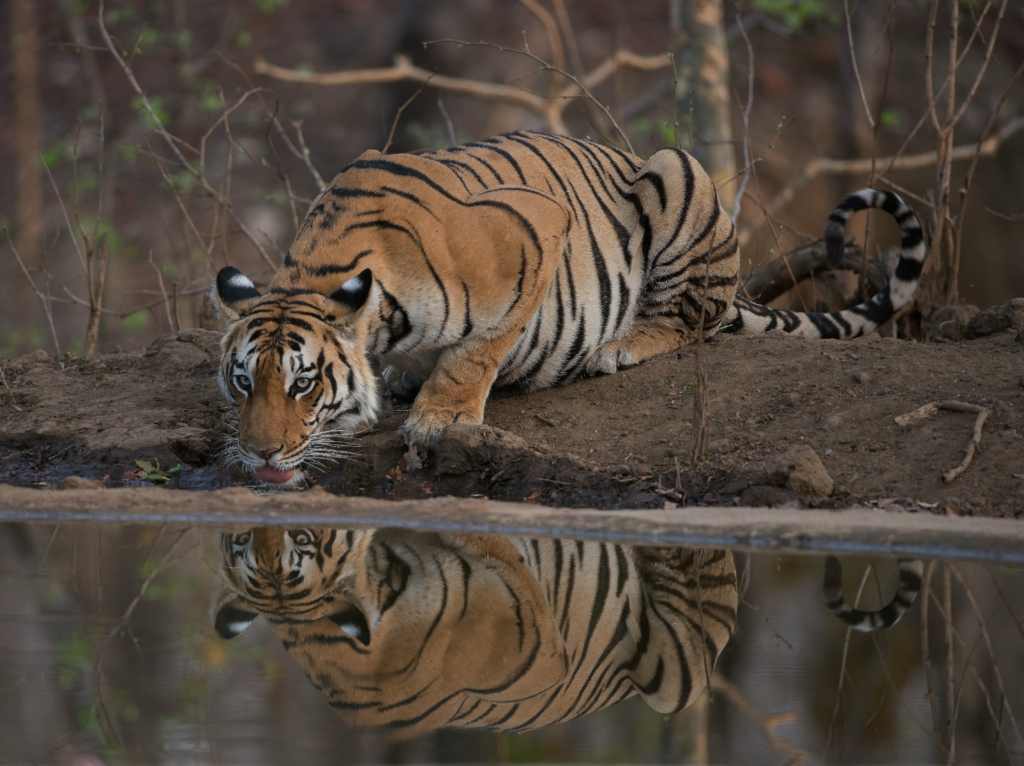
Straddling the border of Madhya Pradesh and Maharashtra, Pench National Park is another gem for wildlife photographers. Known for its rich diversity, Pench is home to tigers, leopards, and numerous bird species. Its mixed forests and open grasslands create ideal conditions for wildlife photography in India.
Accommodation Tip: Enjoy your stay with StayVista’s villas in Pench that provide a perfect base for your photography expeditions.
Great Himalayan National Park, Himachal Pradesh
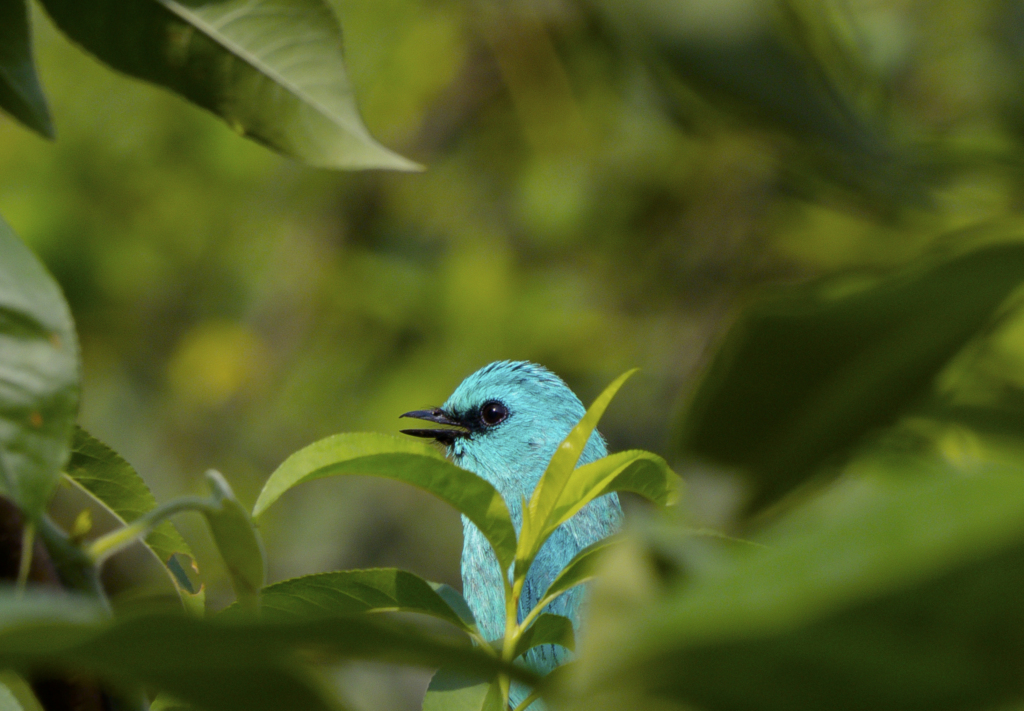
For those seeking a high-altitude adventure, the Great Himalayan National Park in Himachal Pradesh offers unparalleled opportunities for capturing rare and endangered species like the snow leopard, Himalayan tahr, and blue sheep. The park’s rugged terrains, alpine meadows, and deep valleys provide dramatic settings for wildlife photography places in India.
Accommodation Tip: Rest and recharge at StayVista’s villa in Tirthan Valley near Great Himalayan National Park, providing cosy stays with breathtaking mountain views.
Hemis National Park, Ladakh
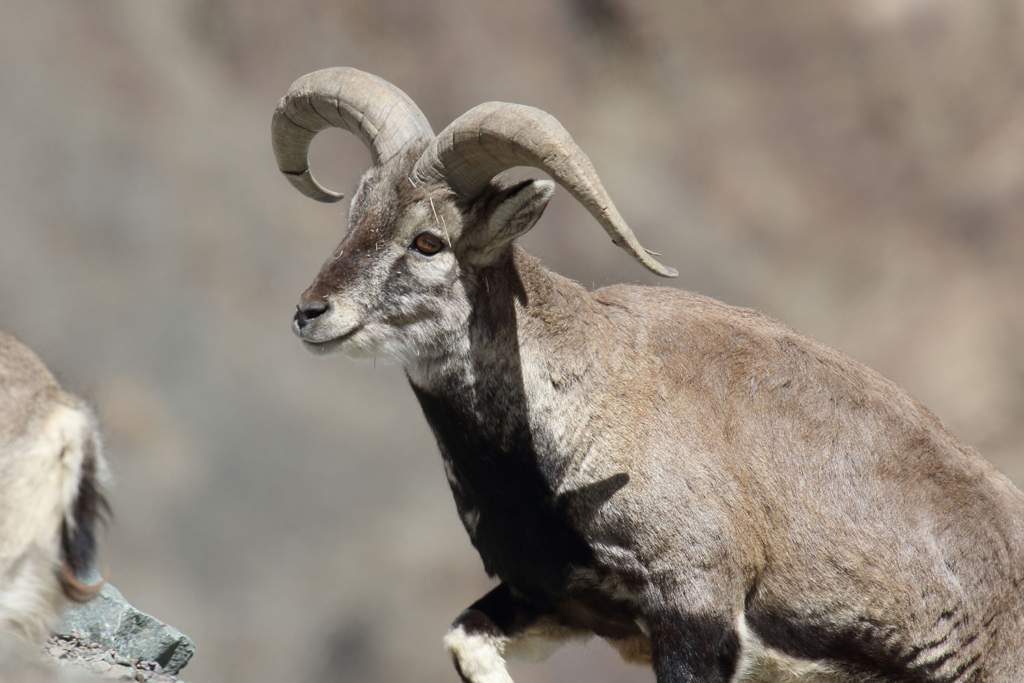
Famous for its elusive snow leopards, Hemis National Park in Ladakh is one of the most unique wildlife sanctuaries in India. Apart from snow leopards, Hemis is home to a variety of high-altitude animals like the Tibetan wolf and the Eurasian brown bear. The stark landscapes of Ladakh, with their snow-capped peaks and barren valleys, offer a dramatic canvas for nature photography in India.
Accommodation Tip: Experience Ladakh’s unique charm with StayVista’s beautiful homestays near Ladakh that provide comfort amidst rugged terrains.
Tips for Capturing the Best Wildlife Photos in India
Plan Your Visit: Research the best time to visit each park. For example, tigers are often more visible in the dry season when water sources are scarce.
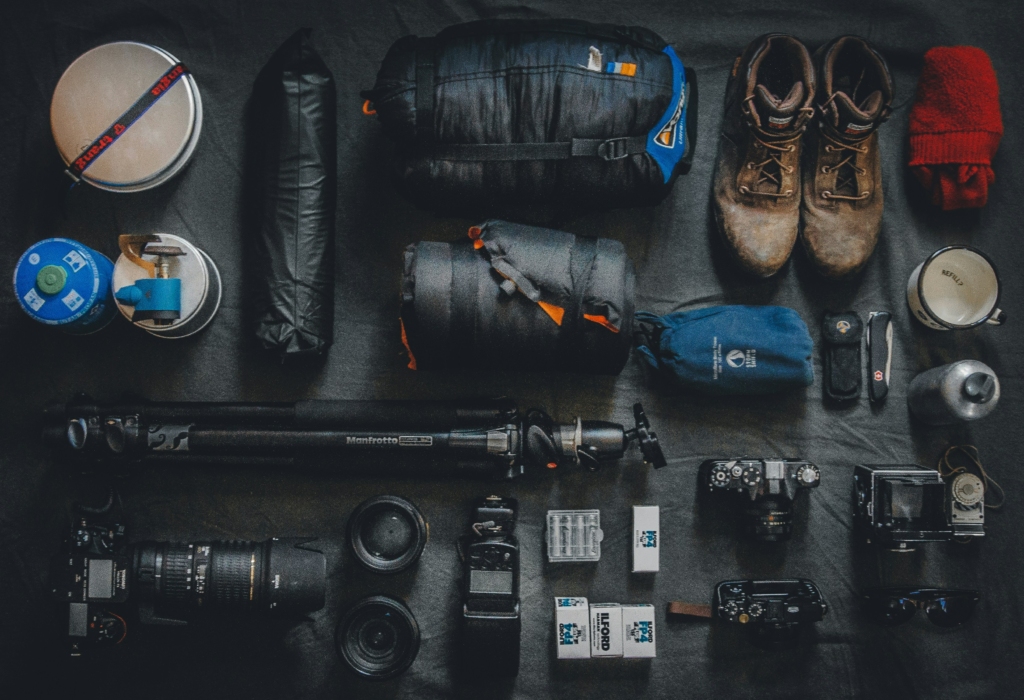
Pack the Right Gear: Use a telephoto lens to capture distant animals without disturbing them. A sturdy tripod can also help stabilize your camera in low-light conditions.
Respect Wildlife: Always maintain a safe distance from animals. Avoid making loud noises or sudden movements that could scare them away.
Accommodations Matter: Staying close to the park can maximize your time spent photographing. Consider booking with StayVista for a comfortable and convenient stay.
FAQs
1. What is the best time for wildlife photography in India?
The best time varies by region. For most national parks, the ideal time is from October to June, with the summer months (March to June) being best for tiger sightings.
2. Are there any restrictions for photography in Indian wildlife sanctuaries?
Yes, certain parks have restrictions on flash photography, drone use, and commercial photography. It’s best to check the specific guidelines of each park before visiting.
3. Can I visit these wildlife parks year-round?
Most parks are open from October to June. However, some, like Hemis, can be accessed year-round, albeit with weather considerations.
4. Which park is the best for photographing tigers in India?
Ranthambore, Kanha, and Jim Corbett are among the best for tiger photography due to their high tiger populations and accessible terrains.
5. Do these parks offer guided photography tours?
Yes, many parks offer guided tours and special photography safaris, which can be very helpful in locating and photographing wildlife.





